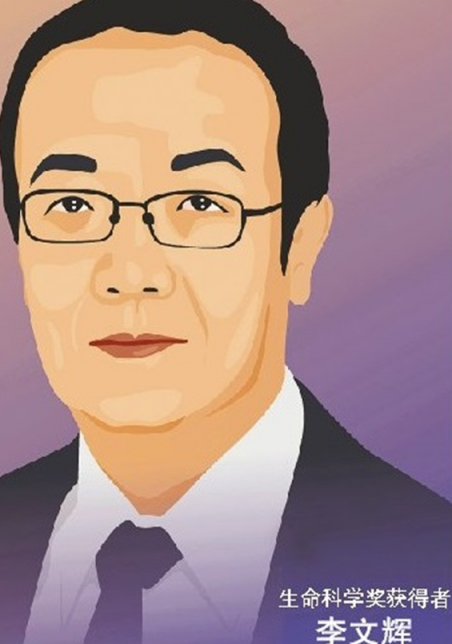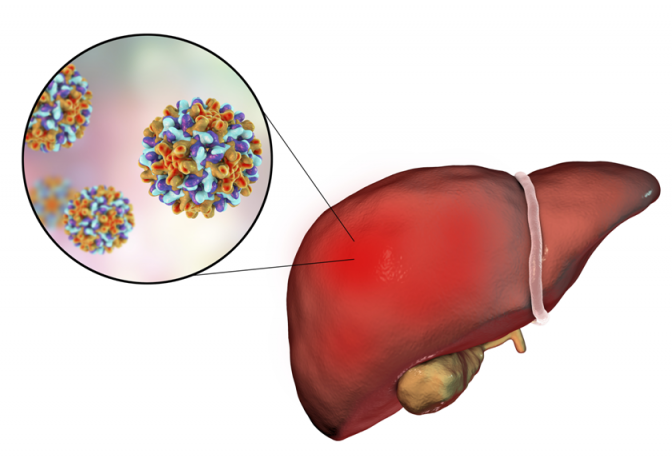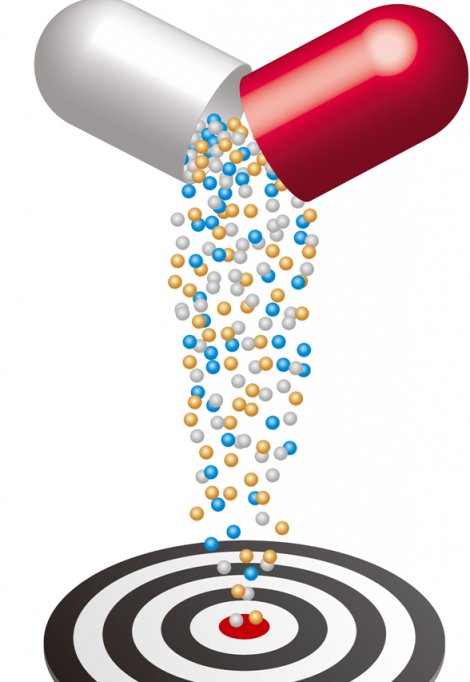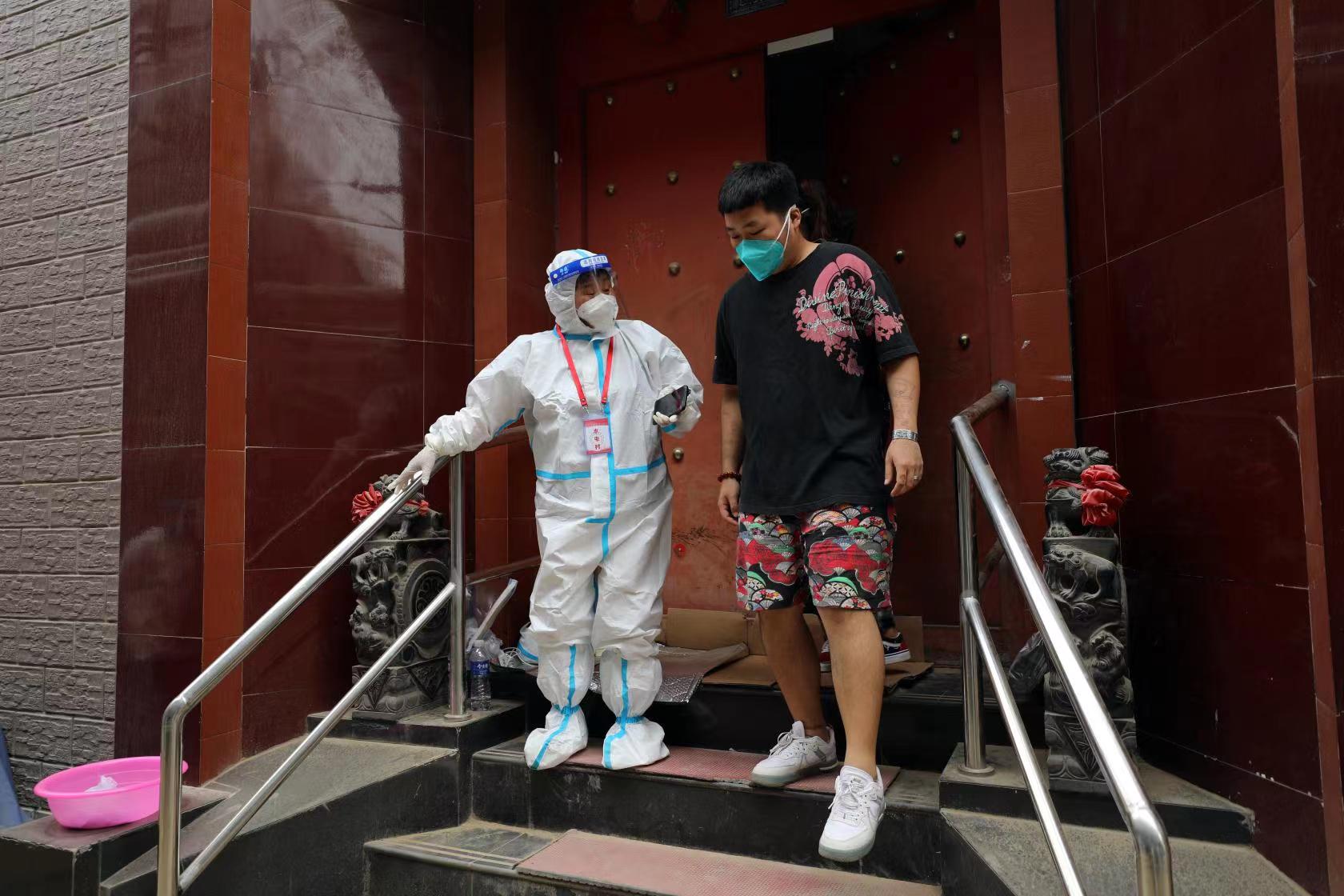Why do hepatitis research repeatedly won the award?2022 Future Science Award Life Science Award Interpretation
Author:Beijing Daily Client Time:2022.09.06
Not long ago, the 2022 Future Science Award was announced. Li Wenhui, Yang Xueming, and Mo Yiming won the "Life Science Awards", "Material Science Award" and "Mathematics and Computer Science Award".
Future Science Awards are often called "the Nobel Prize in China". This year's Life Science Award was awarded scholar Li Wenhui because he found that the receptor of the infection of type B and T-type hepatitis B. The drug of the type of hepatitis is of great significance.

In fact, the research on hepatitis has always received widespread attention, and there are more than two studies that have won the Nobel Prize. Here, we invite well -known popular science authors Zhang Tiankan to review the history of hepatitis research with us.

(1) Viral hepatitis B and C type B and C are the most common
There are many types of hepatitis, including viral hepatitis, toxic hepatitis, alcoholic hepatitis, autoimmune hepatitis, etc., but viral hepatitis is the most extensive. Viral hepatitis is currently recognized as five types: type A, B, C, and Ding type. Some studies also believe that there are also types and Geng type of viral hepatitis, but there are disputes, so there are 5 types of viral hepatitis in general. Except for the hepatitis B virus, the rest of the RNA virus is RNA virus.
Among all viral hepatitis, type B and hepatitis C is the most common. According to the People's Daily, data released by the World Health Organization in 2020 estimates that 325 million people around the world suffer from type B and C viral hepatitis, and 1.3 million people lose their lives every year. According to the 2020 report of CCTV, the National Health and Health Commission report shows that of the 40 legal infectious diseases in my country, viral hepatitis is the most incidental infectious disease. Among them There are 10 million cases.
Therefore, in 2016, the World Health Organization proposed the global strategic goal of "comprehensively eliminating viral hepatitis in 2030". It is planned to decrease by 90%of the new chronic hepatitis B and hepatitis C and hepatitis C and hepatitis C by 2030.
(2) The Nobel Prize in 1976 is related to the discovery of hepatitis B virus
In 1963, the American doctor and geneticist Baruk Samuel Bloomberg found an antigen in the plasma of an Australian Aboriginal. Essence At the end of 1966, Bloomberg published a paper with collaborators, proposing a close relationship between Australian antigen and acute viral hepatitis. In 1968, the virusist Alfred Prince confirmed that the antigen was the protein of hepatitis B virus, and hepatitis B virus was discovered.
In the early 1970s, the Research team of Bloomberg developed the hepatitis B virus testing kit on the basis of discovery of hepatitis B virus, and cooperated with the US Merck Pharmaceutical Corporation to study the vaccine. Merck's virusist Morris Ralf Silman led the hepatitis B vaccine R & D project.
In 1976, Bloomberg and another scientist jointly won the Nobel Prize in Physiology or Medicine of the year to recognize them "the discovery of new mechanisms for infectious diseases and dissemination mechanisms."
Among them, Bonberg's award is of course found that hepatitis B is found to be caused by a virus. This virus may spread through close contact, blood, placenta, breast milk, or mosquito transmission. He also proposed evidence of preventing such infection through vaccination.
However, the development of hepatitis B vaccine and drugs is a long relay project, and some of the later achievements are not inferior to the contribution of Bloomberg. Merck's virusist Morris Ralf Silman led the hepatitis B vaccine R & D project. In 1981, the hepatitis B vaccine developed by Merck was approved to be listed. In 1986, Merck's first genetic engineering vaccine developed by Merck Company, the reorganization of the DNA hepatitis B vaccine, was approved for listing. The cost price was lower than that of hemogenous vaccine, and the immune effect was better.
Due to the large -scale vaccination of hepatitis B vaccine, in 2014, the positive positive rate of the hepatitis B virus of children under the age of 5 has dropped to 0.32%, and the hepatitis B control target of the West Pacific District of the World Health Organization in advance was achieved. At present, the vaccination rate of hepatitis B vaccine and hepatitis A vaccine in Chinese age has reached more than 90%.
(3) Discovery hepatitis C virus won the Nobel Prize in 2020
Hepatitis C (hepatitis C) is a type of liver inflammation caused by hepatitis C virus. The virus can cause acute or chronic hepatitis infections, and the diseases are mild and severe. Although people already know that hepatitis C is a separate viral hepatitis, and through blood transmission, it is mainly transmitted through unsafe injection, injection drugs, and sexual behavior that can cause blood contact. At the beginning, it was mistaken for hepatitis B Essence
After hepatitis B is confirmed, some people will also suffer from hepatitis after blood transfusion or treatment of blood products. Doctors try to treat these hepatitis B to treat these hepatitis. Hepatitis symptoms. This situation caused researchers to doubt whether other pathogens caused hepatitis after blood transfusion.
In 1975, American scientist Harvey Alder found that hepatitis A and hepatitis B virus was caused by hepatitis A and hepatitis B after blood transfusion, and another hepatitis virus was also existed. After that, people tried to identify this non -thorough hepatitis B virus, but there was no result. In 1988, British scientist Michael Horton was separated in the infected orangutan and identified the gene sequence of this virus and named it hepatitis C virus. In 1989, American scientist Charles Rice extracted and built hepatitis C virus particles on the basis of previous research, and injected the virus directly into the gorilla body. Hepatitis pathological manifestations. The first hepatitis C virus infected animal model created by Rice is of great significance for subsequent research.
The Nobel Prize in Physiology or Medicine of 2020 awarded Alt, Holden and Rice, a discoverer of hepatitis C virus.
The discovery of hepatitis C virus has opened a broad path for the prevention and treatment of hepatitis C. First of all, researchers can detect hepatitis C virus through high -sensitivity blood testing, which can basically eliminate "hepatitis" in many places. Secondly, the discovery of hepatitis C virus has laid the foundation for the research and development of anti -hepatitis C drugs. In 2007, American chemist Michael Sofia developed anti -hepatitis C drugs Sofibwe. In 2013, Gilleid produced the drug and was approved for listing. Since then, the cure rate of hepatitis C has reached 95%. Unfortunately, Sophia did not win the Nobel Prize, but won the 2016 Lask Clinical Medicine Research Award.
Although antiviral drugs can cure more than 95%of hepatitis C infections, in many countries, the diagnosis and treatment can be very low, and there are currently no effective vaccines for hepatitis C.
(4) Chinese scientists find new drug targets
Viruses generally invade cells by combining receptors on the cells, as well as hepatitis virus. Although people have discovered hepatitis B virus for a long time, they have not found how hepatitis B virus enters liver cells through receptors. This also makes it difficult to develop hepatitis B drugs.
Hepatitis B may also be connected with Ding Hepatitis. T -type hepatitis is a liver inflammation caused by hepatitis virus. This virus relies on hepatitis B virus to replicate itself. Without hepatitis B virus, there will be no hepatitis infection. Therefore, the merging infection of DC hepatitis virus and hepatitis B virus is considered to be the most serious form of chronic viral hepatitis because they will accelerate the development of liver cell carcinoma and the death of liver -related diseases.

Overlapping infections in hepatitis B and Ding liver can accelerate 70%to 90%of all aged groups to more serious diseases. Compared with a single infection of hepatitis B virus, the overlapping infection of diced hepatitis virus can accelerate the development of liver cirrhosis for nearly 10 years, and the risk of hepatocytomic carcinoma patients induced by hepatitis of hepatitis virus is higher. About 1/5 of people with hepatitis B infection caused by hepatitis B infection suffer from liver cancer. The mechanism of this phenomenon is unclear.
The team led by Li Wenhui, a researcher at the Beijing Institute of Life Sciences, originally believed that if there was no specific receptor, the infection of hepatitis B virus would not be so efficient. Moreover, the receptor of hepatitis B virus is also specific to invade the liver efficiently. However, some receptors are sugar, and some receptors are protein, which need to be explored in research. A series of scientific data has proven that hepatitis B receptor should be a highly specific and high -affinity receptor.
After 5 years of exploration, in November 2012, Li Wenhui led the young teams and collaborators composed of Yan Huan and Zhong Guori finally published a research results on the academic journal Elife. NTCP) molecules are the key receptors of hepatotes of hepatotes in infection with hepatitis B virus and butyl -type hepatitis B virus.
Based on this discovery, you can study drugs for these two types of hepatitis. In fact, in just a few years, based on the discovery of the Li Wenhui team, a series of new drugs for treating hepatitis B and Ding liver have been developed and achieved good clinical effects.
Because of this, the future scientific award wrote in the awarding word: "This discovery is a milestone breakthrough in the field of hepatitis B virus research in the field of hepatitis B virus in the past 30 years, revealing the molecular mechanism of type B and T -type hepatitis virus infection, which will help development more effective Type B and Ding Hepatitis drugs. "
Prior to this November 12, 2020, Li Wenhui had won the name of Baruk Bloomberg, which was established by the hepatitis B Foundation in Pennsylvania, USA to reward the hepatitis B related scientific research and treatment. Individuals who have made important promotion and significant contributions are hailed as the highest honor in the field.
The discovery of Li Wenhui's team obviously helps to achieve the global strategic goal of "comprehensively eliminating viral hepatitis in 2030" proposed by the World Health Organization.
Pictures from Visual China
If the content of the work, copyright and other issues, please contact this website within 30 days from the date of publishing related articles. Copyright infringement Tel: 010-85202353
- END -
24 hours waiting!Shuitun Village, Chengnan Street, Changping District: Villagers in the controlled area are convenient and worry -free

As of June 21, there were 2 management and control zones in Shuitun Village, Cheng...
Huizhou Disease Control reminder!Do not buy the source of unknown cold chain food during the epidemic, not to go out to eat
Fireworks in the world, caressing the hearts. Many citizens will go to visit friends and go out for dinner on holidays. During the epidemic, how to buy food and cook more safely? The Municipal Centers